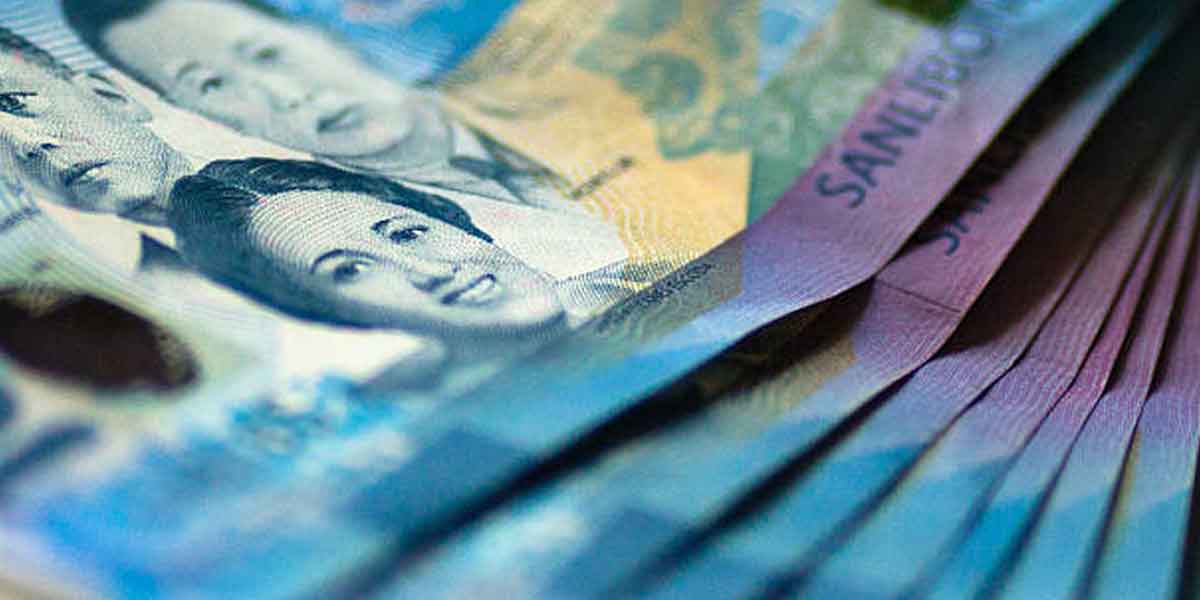![]() By Reyshimar Arguelles
By Reyshimar Arguelles
So far, the country has listed 10 confirmed cases of COVID-19. This was weeks after the Department of Health insisted that the Philippines was free from the virus. Now that the agency has recorded the first instance of local transmission, the Duterte administration has agreed to put the country under Red Alert Sub-level 1 status.
Not everyone is happy about this, with many asking why the government took that long to raise the alarm. But a quick look at the DOH’s mechanism for dealing with an outbreak makes this announcement valid. A Red Alert status, in a statement from the agency itself, is a preemptive measure for enhancing contact tracing mechanisms and “ensuring that national and local governments and public and private health care providers can prepare for (a) possible increase in suspected and confirmed cases.”
The DOH is doing its job in trying to quell public fears and prevent the spread of panic, which is just as deadly as the virus itself. However, the fact that the agency is doing what it can in the face of a global pandemic is not enough to shield itself and the current administration from criticism. People have the right to secure their health and the state has to bear the responsibility of ensuring that everyone is protected against a disease that has claimed the lives of some 3,000 people worldwide in just a span of three months. But alas, we could not help but think if the Philippines is indeed equipped or transparent enough to handle a public health emergency.
This is not to say we should disregard advisories from the DOH, but the threat of the nCOV-19 provides an opportunity to scrutinize the country’s healthcare system, especially when it comes to providing accurate data. For sure, people are becoming skeptical over the numbers the DOH has publicized. There is no telling how many cases are there exactly and how effective the DOH is tracking down those people who have come into contact with confirmed nCOV-19 carriers.
Indeed, we are in this critical point where every second is vital and delays can cause countless deaths in the long run. Then again, no country has been prepared well enough for the risks that COVID-19 brings. Italy, for one, has just surpassed South Korea for having the most number of COVID deaths outside of China. With over 366 fatalities as of this writing, Italy has placed key cities in the Veneto region on lockdown and canceled public events. Amid these developments, far-right opposition parties have heavily criticized the government of President Sergio Mattarella.
The United States, on the other hand, has reported 500 confirmed cases and 22 deaths, numbers that have yet to convince a stubborn Trump who is reluctant to take preemptive measures on the premise that these could affect economic activity. And even as he consulted health officials about the magnitude of the problem, the President has shrugged off more important information as he told the American public that everything was going to turn out well. The ambiguity in the Trump administration’s messaging about the virus indicates a struggle “to strike an effective balance between encouraging calm, providing key information and leading an assertive response,” leaving millions of Americans unprepared for a serious situation, according to a New York Times article by Michael D. Shear, Sheri Fink and Noah Weiland.
There is no doubt that the COVID outbreak will create significant political divisions in the long run. But when public safety demands it in the face of an almost invisible enemy, citizens demand better than being kept in the dark about what is actually happening. More so, they have no need for useless pronouncements of slapping the hell out of the virus.
What we need is for the Philippine government to show a sense of urgency the same way it did when it rescinded bilateral defense agreements and put a stop to the lottery operations of the Philippine Charity Sweepstakes Office. If there’s any real need to stay alert, it is this moment when the lives of thousands are at stake.





















